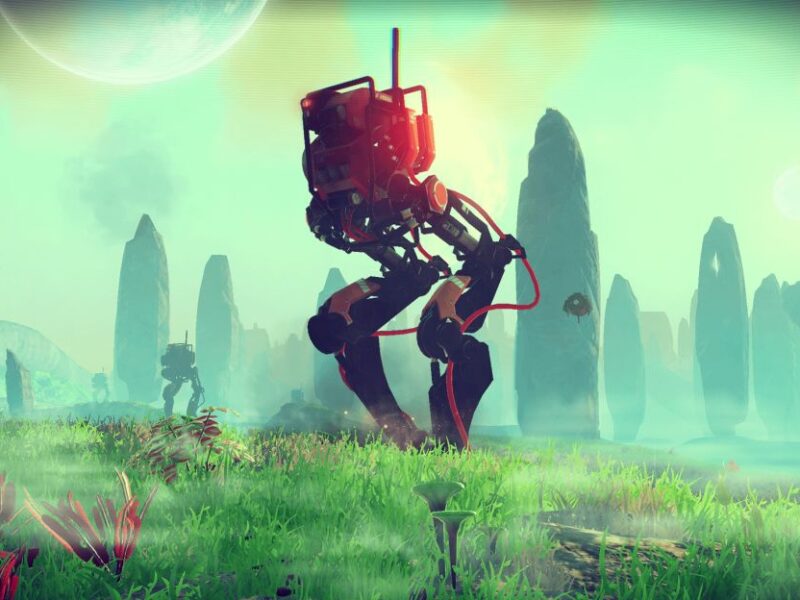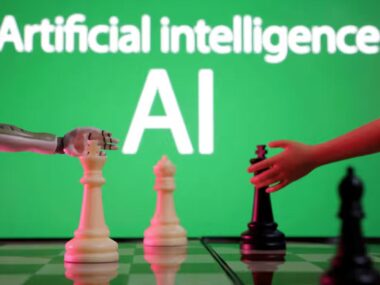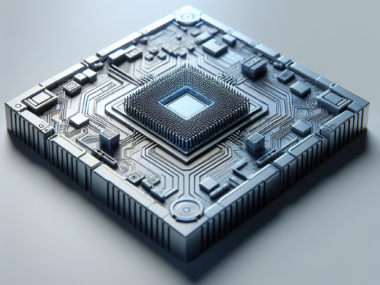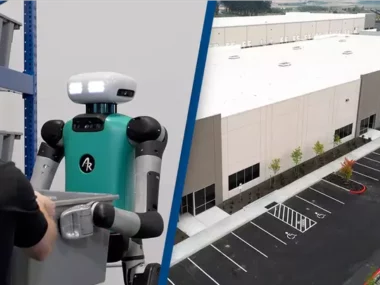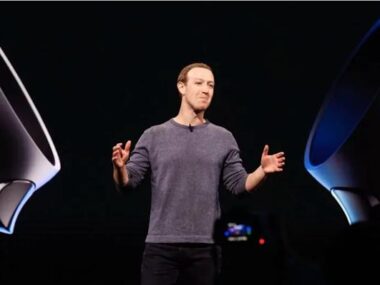“When you encounter the term ‘artificial intelligence,’ you may immediately associate it with recent innovations like Chat GPT. However, AI has played a pivotal role in video games since the 1950s.
From Pacman’s iconic ghosts to autonomous decision-making within games like ‘The Sims,’ AI has been crucial in crafting dynamic characters and evolving storylines.
Presently, the rapid progress of generative AI is ushering in a new era for video games, offering possibilities such as boundless open worlds, one-of-a-kind content, independent characters, and the potential to expedite game development.”
Act Natural
Generative AI, which refers to artificial intelligence that generates text, images, and audio based on prompts, is poised to revolutionize a key aspect of video games: non-playable characters, commonly referred to as NPCs. These characters traditionally follow predetermined patterns of behavior, and their actions and dialogue frequently come across as rigid and unrealistic.
“When we consider those NPCs, they appear somewhat unusual,” notes Alexis Rolland, who serves as the development director of La Forge China, the Chinese division of Ubisoft’s research and development unit for video games. “You can discern that there’s something not quite right with what you’re witnessing or hearing.”
This is where generative AI comes into play. Earlier this year, La Forge introduced Ghostwriter, an AI text generation tool aimed at assisting writers in crafting a wider range of authentic dialogues for NPCs. In 2022, they also experimented with a new technology that enhances the ability to produce more lifelike and contextually appropriate gestures for NPCs, aligning with the tone and mood of their speech.
“It takes speech as input and generates body gestures as output, so we can envision those NPCs conveying themselves with unscripted dialogues, exhibiting nearly natural body animations derived from speech,” explains Rolland.
By integrating generative AI components such as dialogue and animation, it has the potential to yield “a fully developed, AI-driven NPC that could exhibit a somewhat more natural and spontaneous behavior,” Rolland suggests.
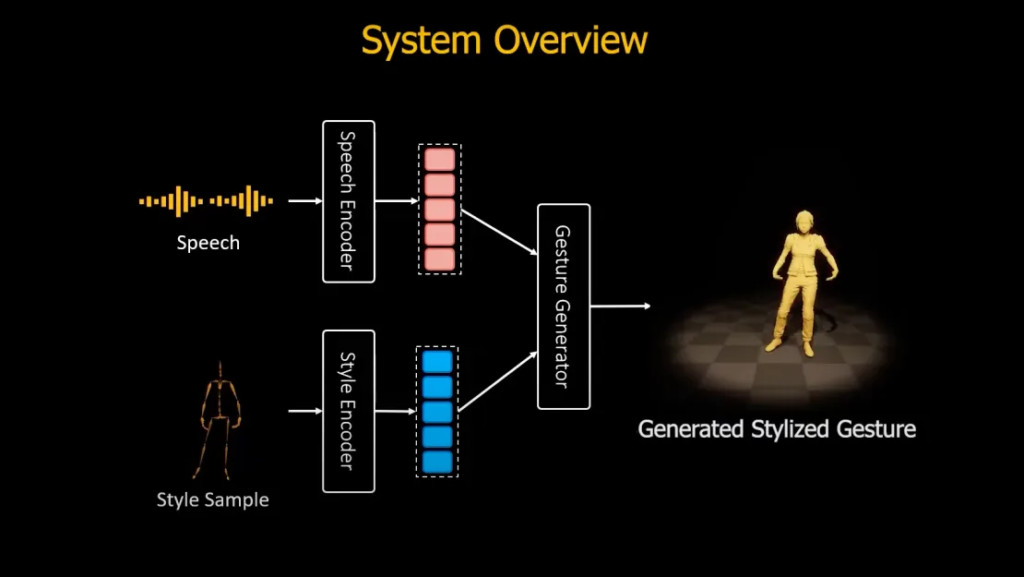
Ubisoft’s speech-to-gesture animation technology has the potential to enable NPCs to behave and respond in more lifelike manners.
Jitao Zhou, a student at Rikkyo University in Tokyo, is actively pursuing this goal to create NPCs that are both more realistic and exhibit higher levels of intelligence while being less predictable.
“This NPC, employing deep learning, doesn’t adhere to a fixed pattern, allowing for a wider array of movements,” Zhou explains. He goes on to mention that smarter NPCs can enhance the entertainment and challenge level of games.
Certain publishers have already begun utilizing generative AI to enhance the realism of NPC conversations. For instance, Chinese gaming company NetEase employs ChatGPT to generate NPC dialogue in its recently launched mobile game “Justice.” Meanwhile, Replica Studios has introduced “AI-powered smart NPCs” for Unreal Engine, enabling game developers to use AI for NPC dialogue instead of hiring human voice actors.
Nonetheless, there is a potential drawback in using AI-generated NPCs: game designers might relinquish control over the game narrative. Julian Togelius, an associate professor at New York University specializing in AI and games research, points out that NPCs could say things that disrupt the game, are impolite, or break immersion.
Togelius also notes that crafting “good” AI-generated NPCs that assist players is more challenging than creating adversaries. He suggests that advancements in the AI powering other in-game characters, player modeling, and world generation are areas that we might see more progress in going forward.
Expansive and Open-Ended Virtual Game Environments.
Open-world games such as “Grand Theft Auto,” “Skyrim,” and “Elden Ring” are known for their non-linear quests and narratives, providing a platform for generative AI to redefine the gaming experience.
Julian Togelius envisions the potential for a “vast open game” with limitless possibilities, featuring new cities, landscapes, and characters, each with their own backgrounds and interactive elements. Leveraging player data gathered from previous gameplay, generative AI could craft personalized storylines and quests perfectly suited to each player’s skill level, akin to a customized dungeon master, as he explains.

“No Man’s Sky” employs procedurally generated content to produce nearly boundless worlds for players to explore.
Research in this field is already underway, as Takehiko Hoshino, also a student at Rikkyo University, has created an AI tool that he is training to autonomously generate mazes and dungeons, one square at a time, drawing on previous examples it has encountered. The next phase involves enhancing the maze with elements like “treasure chests, enemy characters, and other game-like features, such as traps and other tiles.”
In terms of near-infinite open worlds, “No Man’s Sky” (2016) is cited as a prime example, offering a “virtually endless game” that employs procedurally generated content to craft unique variations of fauna, flora, geology, and atmospheric conditions for its planets, which amount to a staggering 18 quintillion possibilities.
While procedural content generation may resemble generative AI to the average person, Julian Togelius notes that it uses algorithms that generate content based on predefined rules and data provided by the game developer. Developers maintain control over procedurally generated content, ensuring that levels are completable and NPCs adhere to the game’s world without deviating in unintended ways.

Maxis suggests that in the future, artificial intelligence could play a role in enhancing character behavior, and the company is open to investigating this technology.
Generative AI has the potential to influence the gaming world in various ways. Players are already adapting gameplay to suit their preferences and needs with user-generated content (UGC), a pivotal element in many games like “Fortnite,” “Minecraft,” and “The Sims.” Generative AI could simplify the creation of UGC, making it more accessible to players and enhancing the quality of the content.
According to a spokesperson from Maxis, the developer behind “The Sims,” generative AI holds the promise of enabling a more extensive and dynamically personalized range of player experiences. They mentioned that current player customization is constrained by the complexity of tools and user interfaces, but new AI models could streamline the process of interpreting and responding to the player’s intentions.
Another Tool
While gamers anticipate the potential for enhanced gameplay, generative AI is likely to influence game development before it significantly transforms the user experience.
Maxis is currently in the process of developing generative AI tools, each at different stages of development, aimed at assisting game designers. These tools have the potential to automate repetitive tasks and free up developers to focus on more engaging and creative aspects of game design, as explained by a Maxis spokesperson.
At La Forge, generative AI tools such as Ghostwriter and ZooBuilder are seen as assets that can help designers expedite the more tedious segments of their work, allowing them to dedicate more time to the creative and stimulating aspects of game design, according to Rolland.
It’s worth noting that while generative AI has raised concerns about automation and potential job displacement across various industries, Rolland emphasizes that this technology is not intended to replace human game developers. He draws a parallel to animators who faced concerns when motion capture technology was introduced, noting that it ultimately became a tool to enhance graphics rather than a threat to jobs.

Tools like ZooBuilder have the potential to enable animators to produce more lifelike and natural movements for animal characters.
“We’ve never had as many animators as we have today, and we still need more. Motion capture really became part of their workflow as an additional tool,” Rolland explains. “I think with generative AI, it’s essentially the same thing – or at least, we’re approaching it with the exact same mindset here at Ubisoft.”
However, there remain significant unanswered questions regarding the “legal and ethical aspects” of using generative AI, including concerns related to artists’ copyright, as Rolland points out.
La Forge is enthusiastic about exploring the possibilities offered by generative AI, such as the potential to accelerate the iteration process. Independent game designers are expected to benefit from these developments as well. Rolland adds that “This technology becoming increasingly accessible is going to empower a lot of the smaller studios to produce games and scale their productions, and maybe reach higher quality than what they would have had without generative AI.”
According to Rolland, the generative AI tools like Ghostwriter and speech-to-gesture animation have progressed beyond the simple prototype stage, and La Forge is now delving into how these technologies could fit into the game development pipeline.
Julian Togelius notes that “Video games are in for quite a trip in the next decade or two.” He emphasizes that it necessitates a change in the way we think about game design but believes that when it does happen, games are poised to significantly improve.

